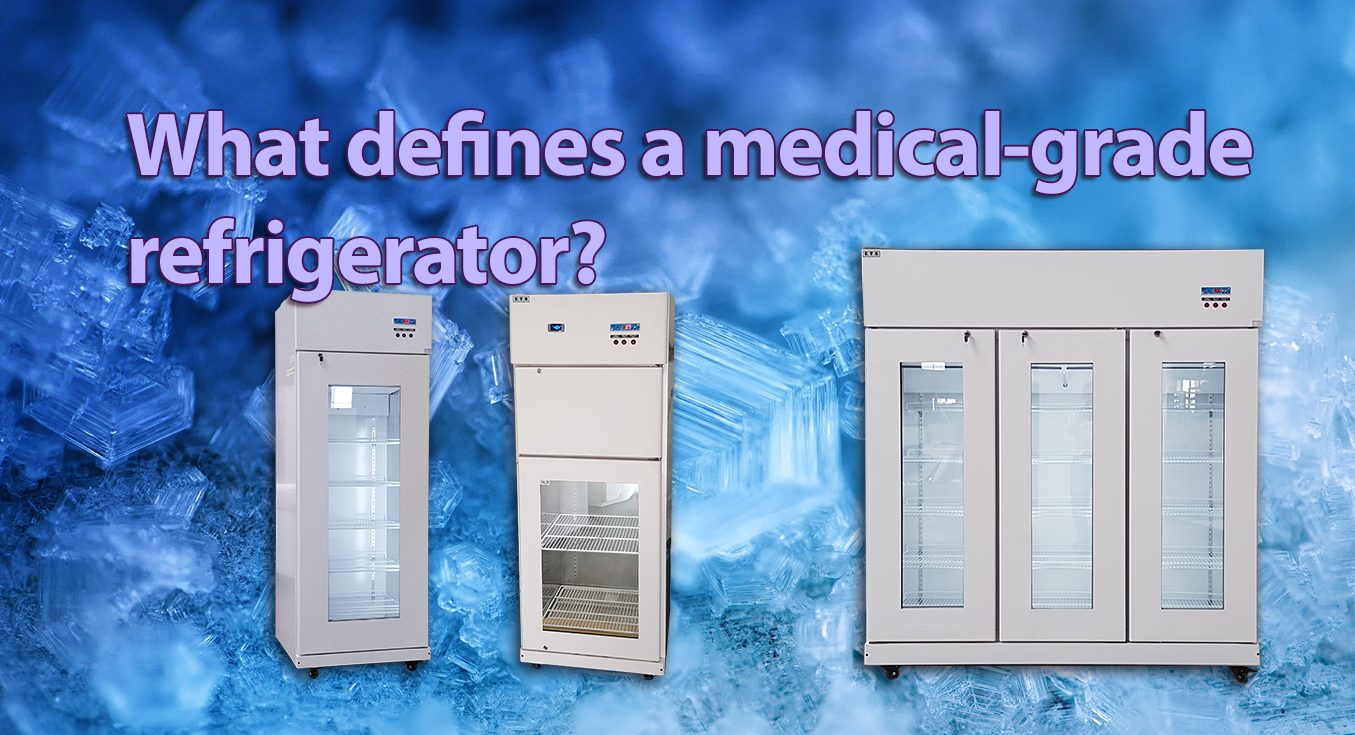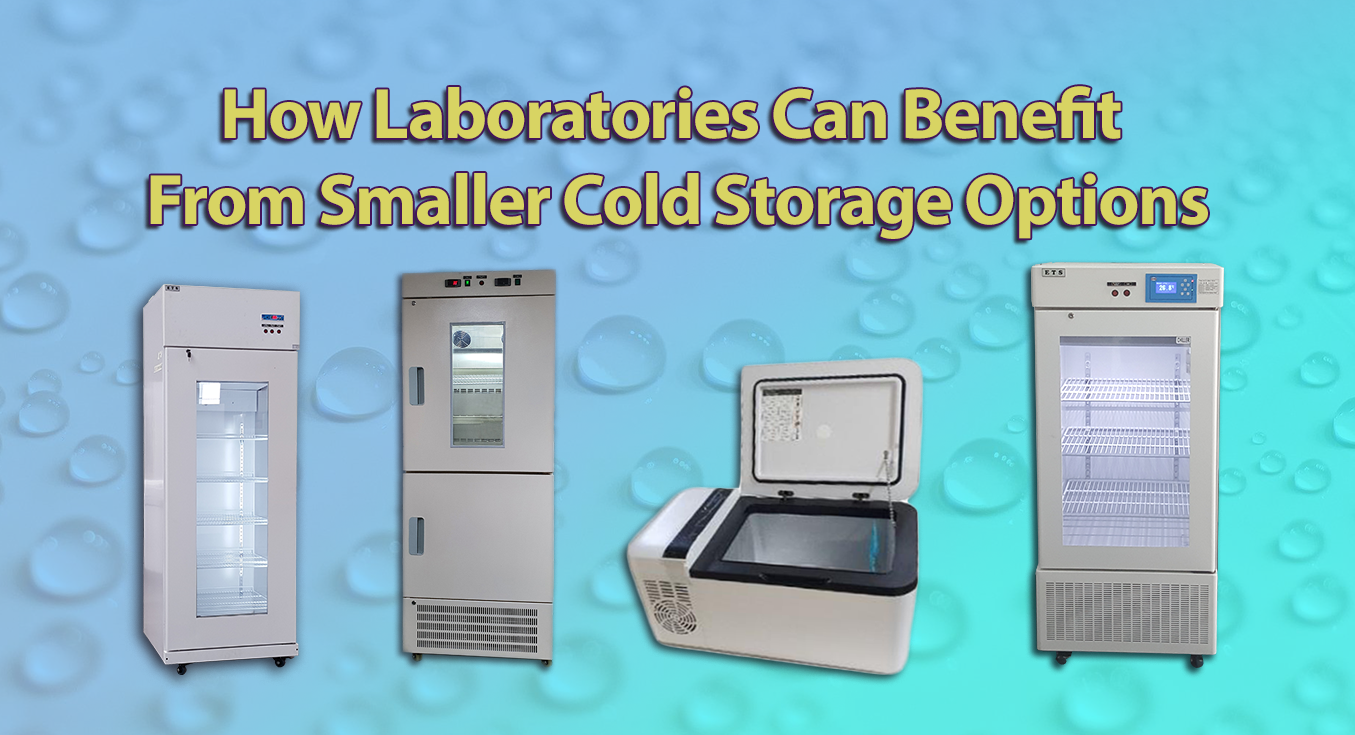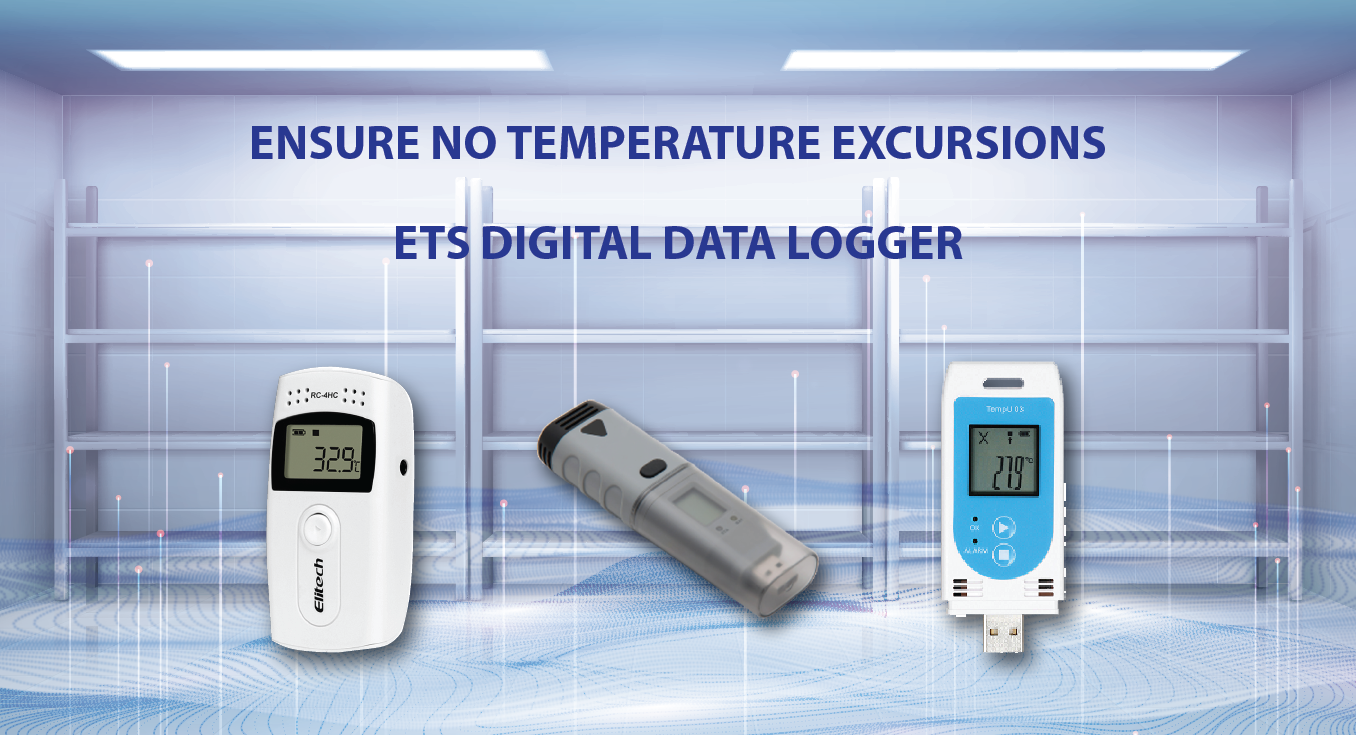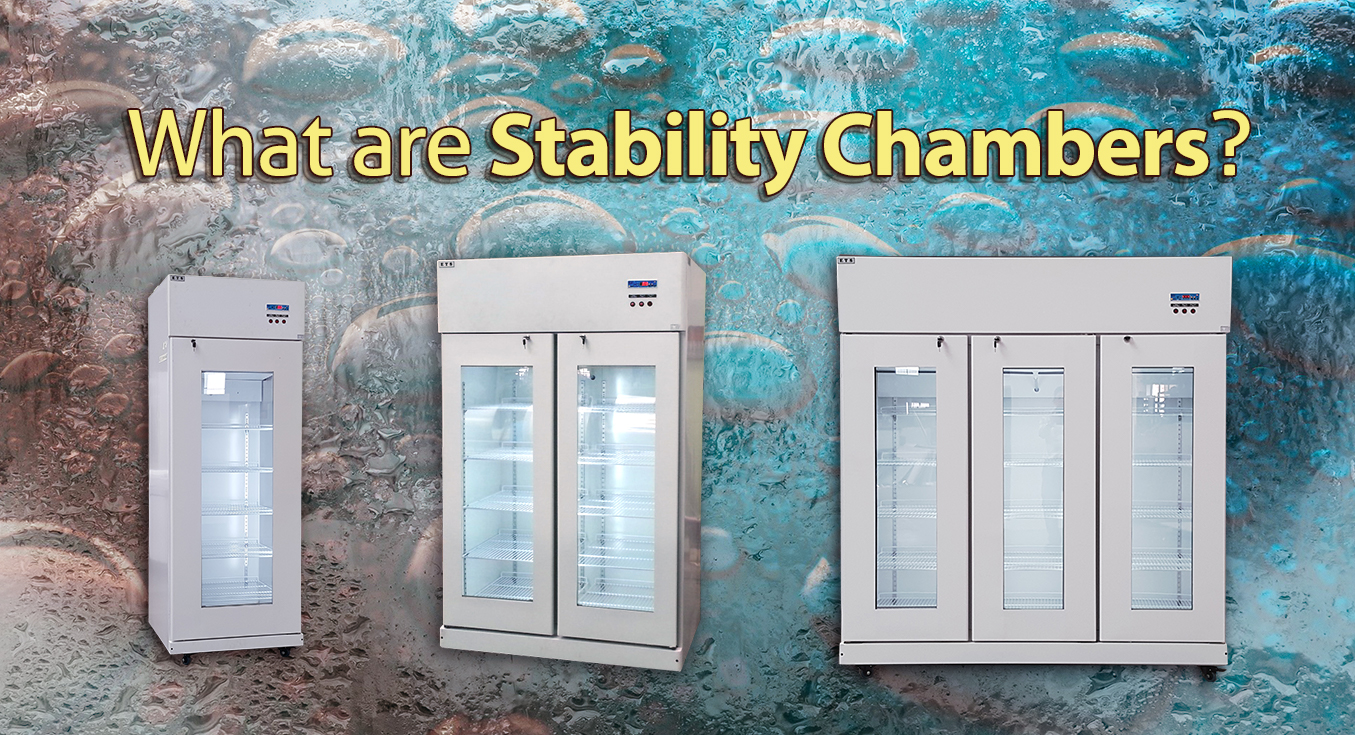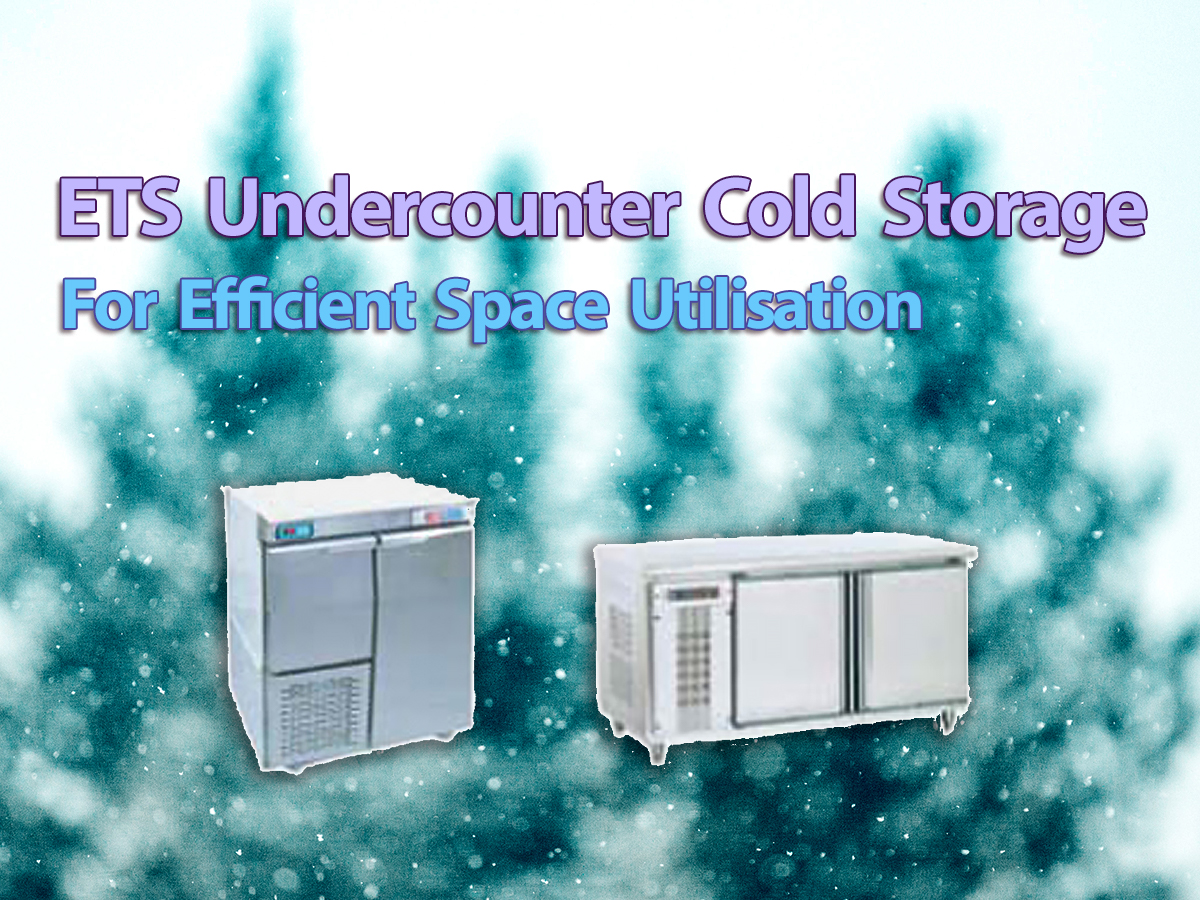In pharmacies, hospitals, and laboratories, cold storage is paramount in the storage of temperature-sensitive medications, vaccines, reagents, and patient samples. Consistent and reliable refrigeration is required for the optimal conditions that extend the shelf-life of drugs, vaccines and samples.
Why are clinical applications not using household freezers or refrigerators to do the job? Don’t they also provide the same conditions for drugs and vaccines?
Some clinics would prefer to save costs by using household freezers and refrigerators to store drugs and medications. In fact, improper refrigeration in clinical applications could cause:
- Financial loss due to compromised doses and medications that require disposal
- Loss of irreplaceable and precious biological samples that are critical for lab testing or research
- Negative impacts on patient safety and delivery of care due to administration of damaged or ineffective therapies
- Decrease in productivity as staff spend time and resources to resolve the above issues
- Disruptions to working processes
- Delays and increased cost to replace essential cold storage equipment
Manufacturers specifically design medical-grade freezers and refrigerators to protect the products they store. While medical-grade refrigeration is more expensive upfront, over the long-term, these units provide a better investment over time compared to household freezers and refrigerators. Medical-grade refrigeration are built with higher-quality materials and have a longer time between failures and temperature excursion events.
However, there is no universal definition of a “medical-grade refrigerator” available, so it can be hard to understand what that means exactly. Let us give you a breakdown on what types of features and benefits “medical-grade refrigeration” meant for clinical applications should have.
What is a medical-grade refrigerator?
In 2020, the CDC released the CDC Vaccine Storage and Handling Toolkit which included specific definitions for the types of cold storage units available in the market, ranging from dormitory units all the way to pharmaceutical-grade units:
- Dormitory-style (Bar-style) storage unit
- A combination refrigerator/freezer unit with one exterior door and an evaporator plate (cooling coil), which is usually located inside an icemaker compartment (freezer) within the refrigerator. These units have been shown to pose a significant risk of freezing vaccines, even when used for temporary storage.
- Household-grade storage unit
- A storage unit that is primarily sold for home use.
- Portable vaccine storage unit
- A type of powered refrigerator or freezer unit specifically designed for use during vaccine transport. These are passive units that require a power source to function. Please note that some active units are “qualified” to maintain desired temperatures for a set amount of time in the event of a power loss.
- Purpose-built/pharmaceutical-grade unit
- Unit that are specifically designed to store vaccines.
- Stand-alone storage unit
- A storage unit that operates independently of any other device or system for its desired function (i.e., a refrigerator that only functions as refrigerator or a freezer that only functions as a freezer).
Based on the above definitions, the CDC has yet to fully describe what constitutes as “medical-grade refrigeration”.
Debunking medical-grade refrigeration
There may not be a universal definition for medical-grade refrigeration, but the following features should help clarify what to look for in a medical-grade refrigeration unit.
Temperature Stability
Most vaccines and medications must be stored at temperatures between 2°C to 8°C. A reliable cold chain has to maintain the optimal temperature range during transportation and storage in order to protect vaccines, medications, and biological material.
Due to the fairly limited temperature range, medical-grade refrigerators and freezers are designed to accurately and reliably maintain superior temperature stability, with fewer deviations from the set point. Over time, not only do medical-grade refrigeration avoid deviating from the set point, but they also avoid rapid, significant temperature changes.
Temperature Uniformity
Uniformity refers to all areas within a cold storage unit’s cabinet maintaining the same temperature, with few temperature deviations. Without temperature uniformity, the contents of your cold storage unit could be at risk of temperature excursions due to hot and cold spots.
Medical-grade refrigerators and freezers are designed with superior airflow via powerful, fan forced-air circulation systems with air-cooling vents compared to household refrigeration. The internal shelving of medical-grade refrigeration also uses wire shelves with perforated ventilation holes to circulate air efficiently and maintain uniform temperatures.
While uniformity requirements vary depending on the storage needs, medical-grade refrigerators and freezers should meet or exceed the CDC recommendations for uniformity requirements of +/-2°C minimal internal temperature variance. It is best to ensure that the manufacturer can provide a uniformity specification when seeking a new cold storage unit for clinical use.
Temperature Recovery
Temperature recovery defines the time that it takes for the cold storage unit to get back to the set point after frequent or extended door openings. Medical-grade refrigerators and freezers are designed to quickly recover temperatures to the established range under regular, daily use.
This is especially important for laboratory or clinical environments where ambient conditions may fluctuate widely throughout the day and have the potential for generating misleading results due to unexpected sample degradation. In addition, when the cold storage unit is a shared resource, fast temperature recovery is essential for withstanding the high frequency and oftentimes, extended timespan of door openings.
Temperature Monitoring
Sensitive medications, vaccines, biological samples and reagents all have their specific set temperatures. Maintaining the temperature at optimum levels is critical in preventing degradation of the cold storage contents and ultimately, patient safety. Medical-grade refrigerators and freezers are equipped with microprocessor temperature controllers and digital displays which help to ensure precise temperature control without the need to open the cold storage unit.
Essential Alarms
The CDC recommends that medical-grade refrigerators and freezers should have an audible alarm notifying employees when a door is ajar or temperature excursions occur.
Medical-grade refrigeration are designed with standard visual and audible alarms designed to notify employees of problems or events that can place stored contents at risk such as high and low temperatures, power failures, and door ajar.
Depending on the manufacturer, some medical-grade refrigerators and freezers also come with software and displays that allow employees to view historical temperature data, event logs and interactive temperature graphs. These systems also assist in recording the minimum and maximum temperatures during a set period for regulatory compliance.
3rd party monitoring solutions may also be used with medical-grade refrigerators and freezers, with specialised features such as dry alarm contacts, or special ports to allow independent temperature probes to be conveniently placed inside the cabinet.
In addition, it is important to understand how temperatures fluctuates inside the cold storage unit during a power failure. Medical-grade refrigerators and freezers that include options for back-up battery systems can continue capturing temperature data even while main power is down.
Backup for Unforeseen Events
During power failures, even with the appropriate equipment and proper temperature monitoring practices, it is still possible for vaccine supplies to be impacted due to temperature excursions. While most facilities should have on-site generators to face such events, medical-grade refrigerators and freezers are also able to protect their contents for at least 24 to 72 hours as they have backup battery power sources.
In the event of a power failure, keeping the cold storage unit’s doors closed will maintain the internal temperature. As an added failsafe, a second battery backup system should be available in case of failure.
Security & Access Control
As medications, vaccines and biological samples are sensitive and valuable, medical-grade refrigerators and freezers will usually have options for restricted access to authorised users. Keyed locks are one common option, while some models might offer electronic access control via passwords or pins for control and tracking access.
High Quality Construction
High quality construction is a standard requirement for medical-grade refrigeration. The materials that are used in the construction of medical-grade refrigerators and freezers are particularly suited for installations in clinical or laboratory usage. Stainless steel, or other materials that are designed for routine disinfecting such as anti-microbial powder coat finishes are some of the materials that are often used for medical-grade refrigeration.
Customisation and Configurations
Manufacturers of medical-grade cold storage units usually have a range of unit sizes on offer, but some manufacturers also allow for custom configuration of storage options, such as the type, number, and location of drawers , shelves, and baskets.
Medical-grade refrigerators that come with glass doors is one configuration that allows employees to easily see inside the fridge and determine the level of stock available without having to open the door. A solid door can be purchased as an option to provide more security if needed.
Having the right storage options to suit your storage needs makes it easier and more efficient for employees to load and remove contents of the refrigerator or freezer.
Quality, Validation Certificates and Services
Medical-grade refrigeration are designed, manufactured and supported post-sales very differently from household refrigerators and freezers. As medical devices, these cold-storage units should follow strict compliance in order to maintain a quality level consistent with the needs of laboratory and clinical applications.
ISO 13485 (Quality Management System for Medical Devices) requires strict compliance to regulations related to design controls, product testing and validation, and post-market surveillance and vigilance.
ISO 13485 helps ensure suppliers design, manufacture, and support their medical devices at a quality level consistent with the needs of clinical applications. A manufacturer with this certification will provide further confidence in the quality and reliability of their cold storage equipment.
Healthcare providers may also require Certificates of Calibration from a supplier to provide evidence that their cold storage unit has been calibrated with an ISO/IEC 17025 compliant measuring device.
In addition, medical-grade refrigeration suppliers would typically offer services that meet the needs of clinical or laboratory applications, such as temperature mapping and validation for proof of temperature performance at all storage locations.
Warranties & Technical Service
When considering a medical-grade cold storage, post-sales service levels and warranties are critical. Knowing your warranty periods and how service is delivered will help your facility manage long-term costs of ownership. The supplier should offer the confidence that the equipment will be easily to maintain and reliable for years to come.
LOOKING FOR A MEDICAL-GRADE COLD STORAGE UNIT?
ETS Pharmaceutical Refrigerators and Freezers are designed and fabricated to meet the demanding requirements of scientific and laboratory applications. These refrigerators and freezers provide a complete and integrated solution for storage of pharmaceuticals, medicines, biological products and reagents, vaccines, etc.
To know more, check out our Pharmarceutical/Laboratory refrigerators and Pharmaceutical Freezers.
Drop us a line if you have questions.

